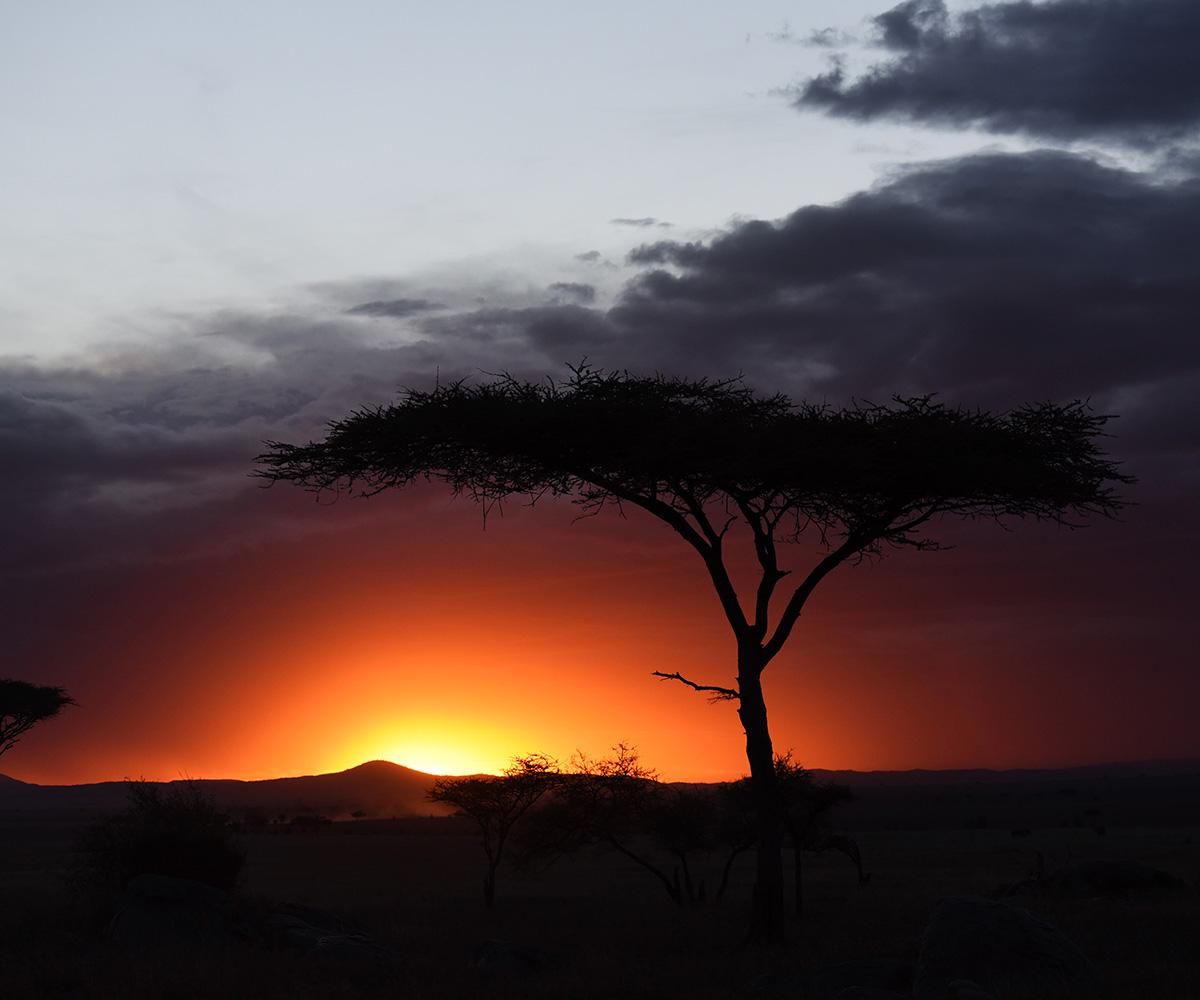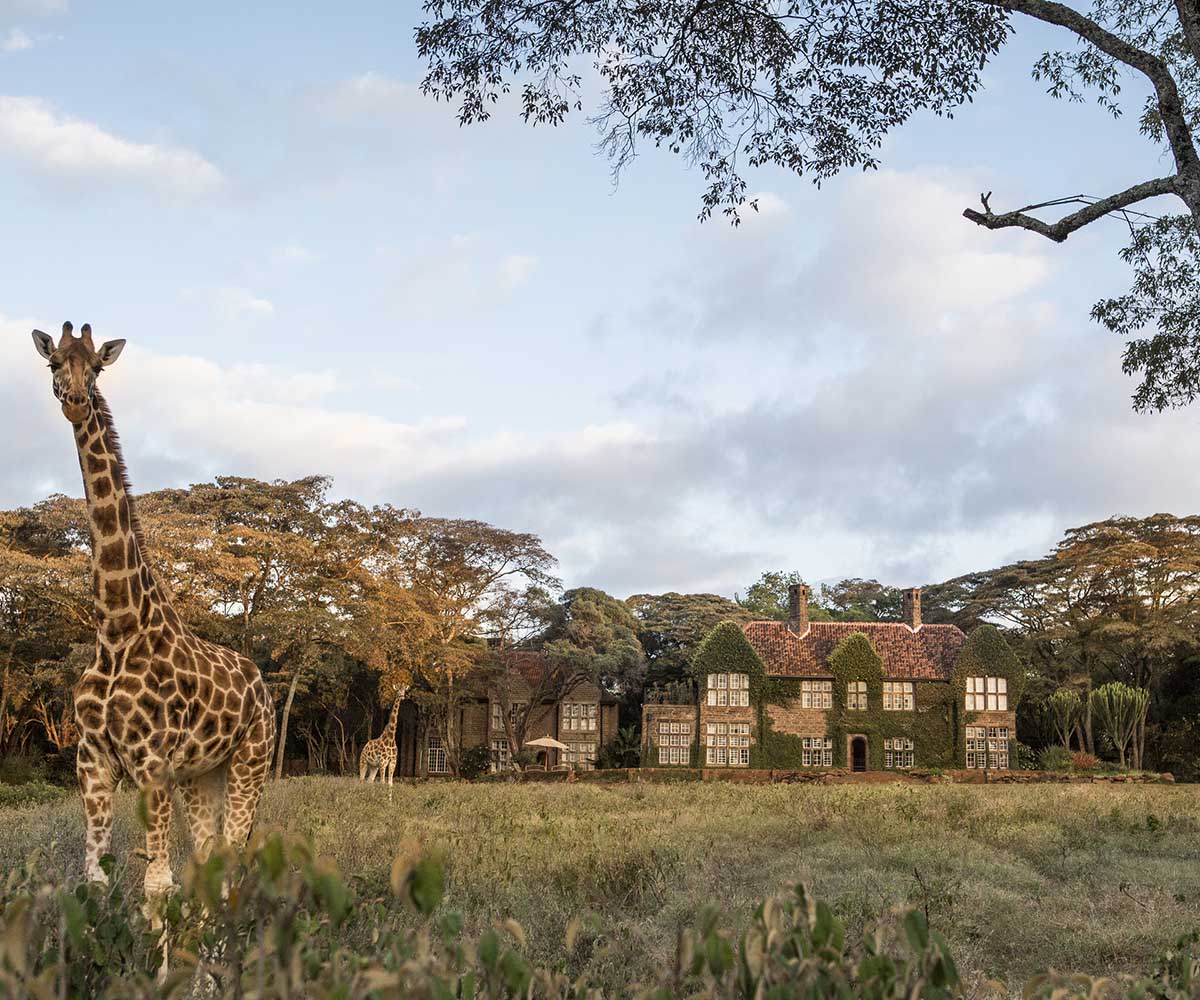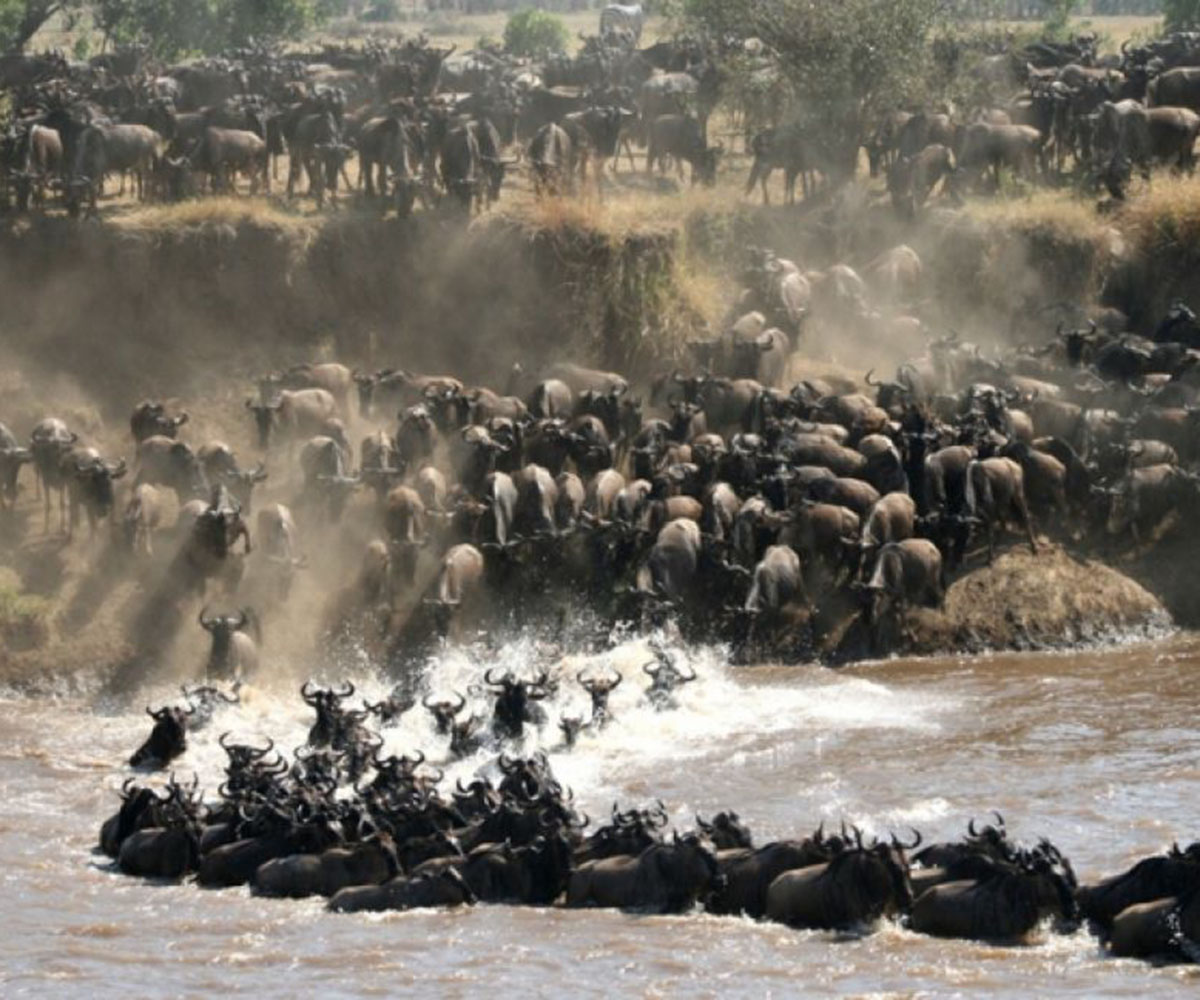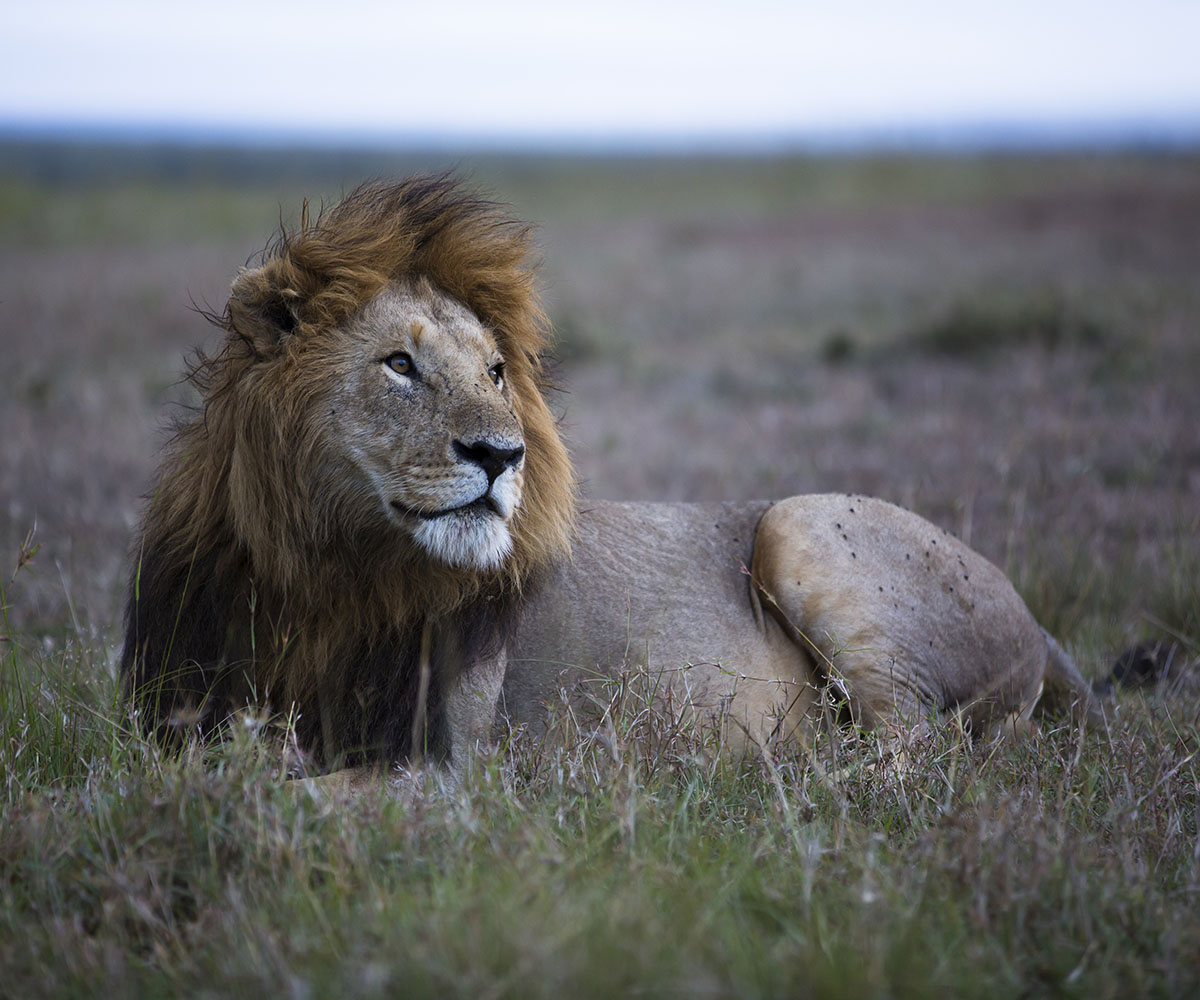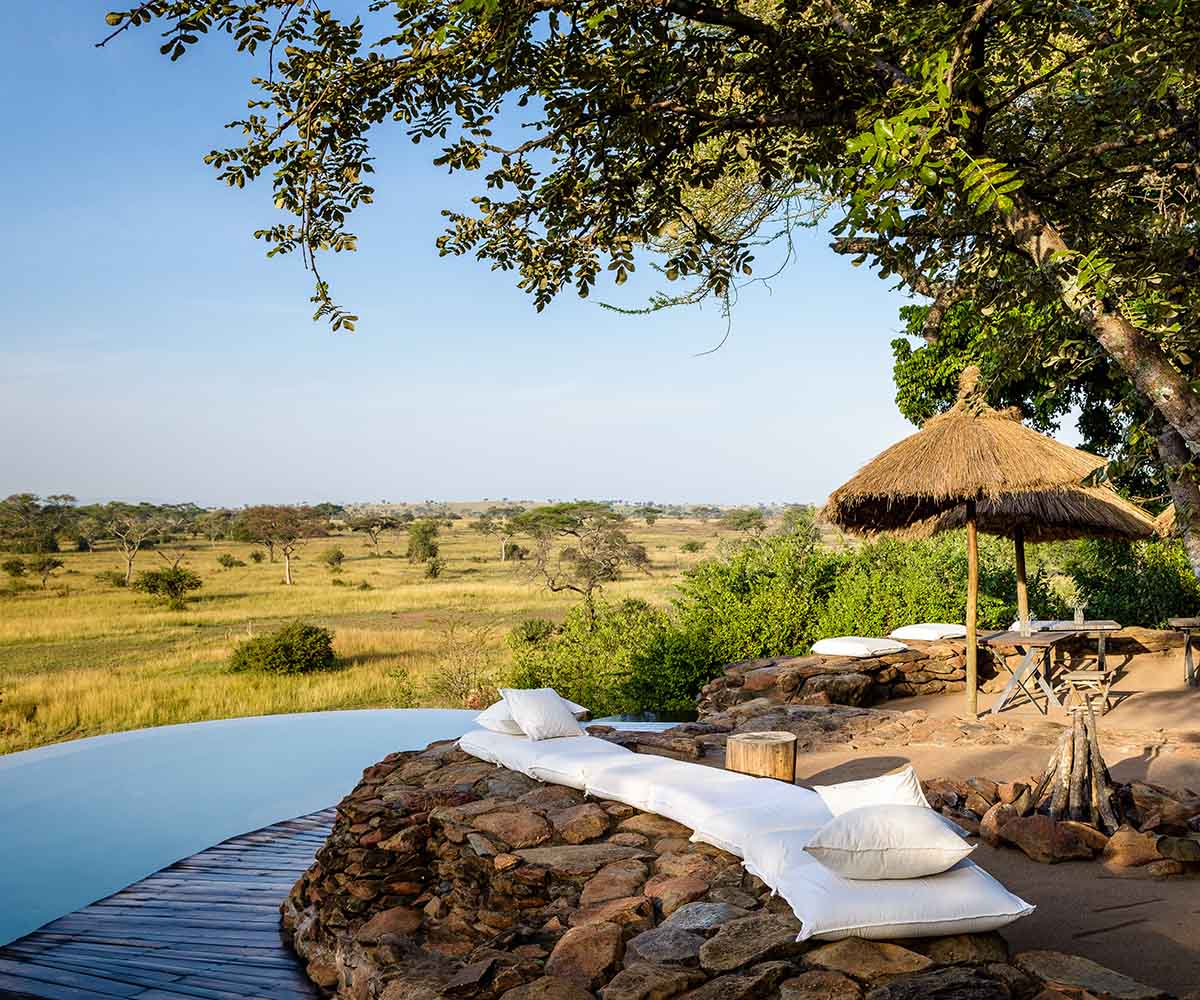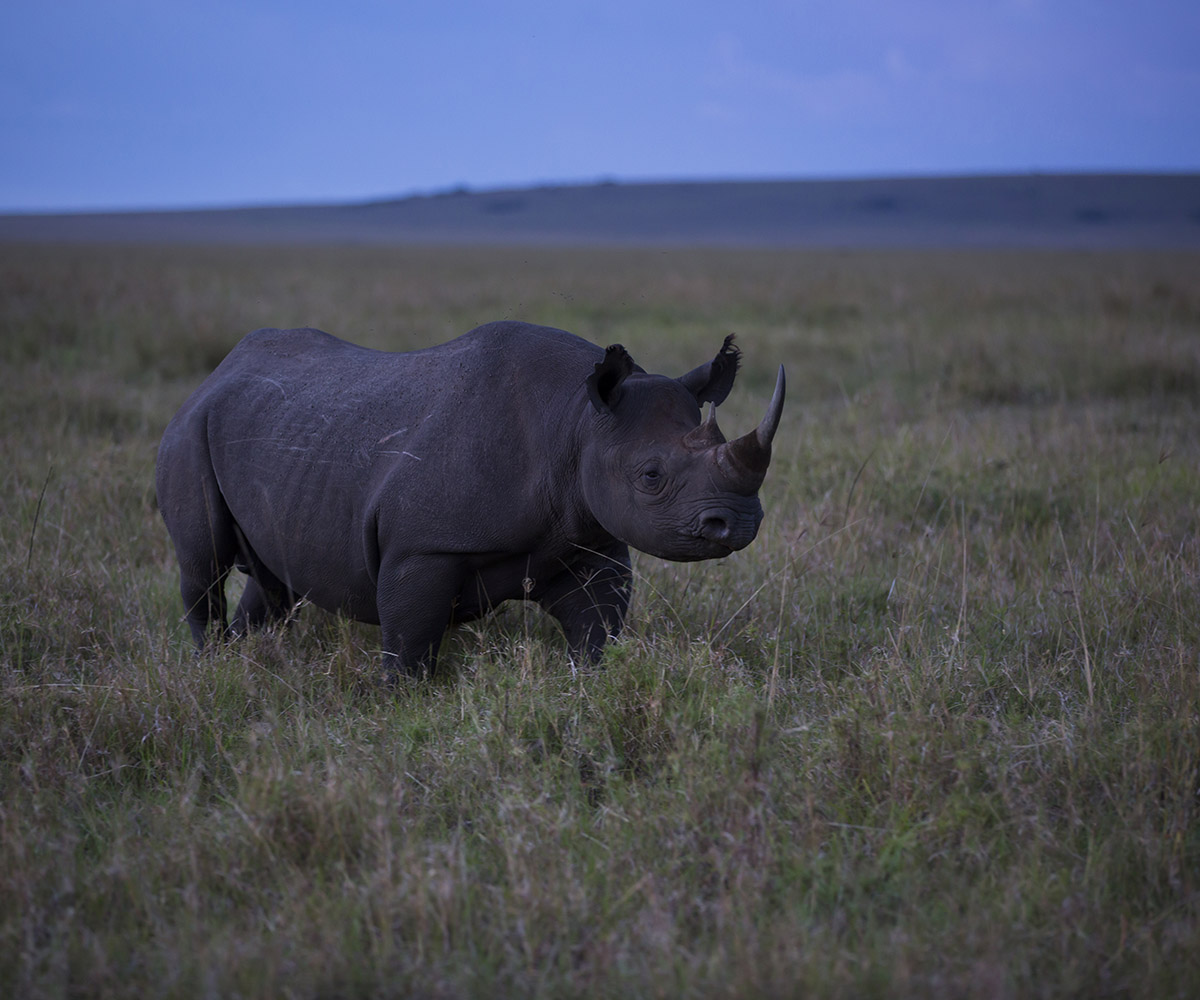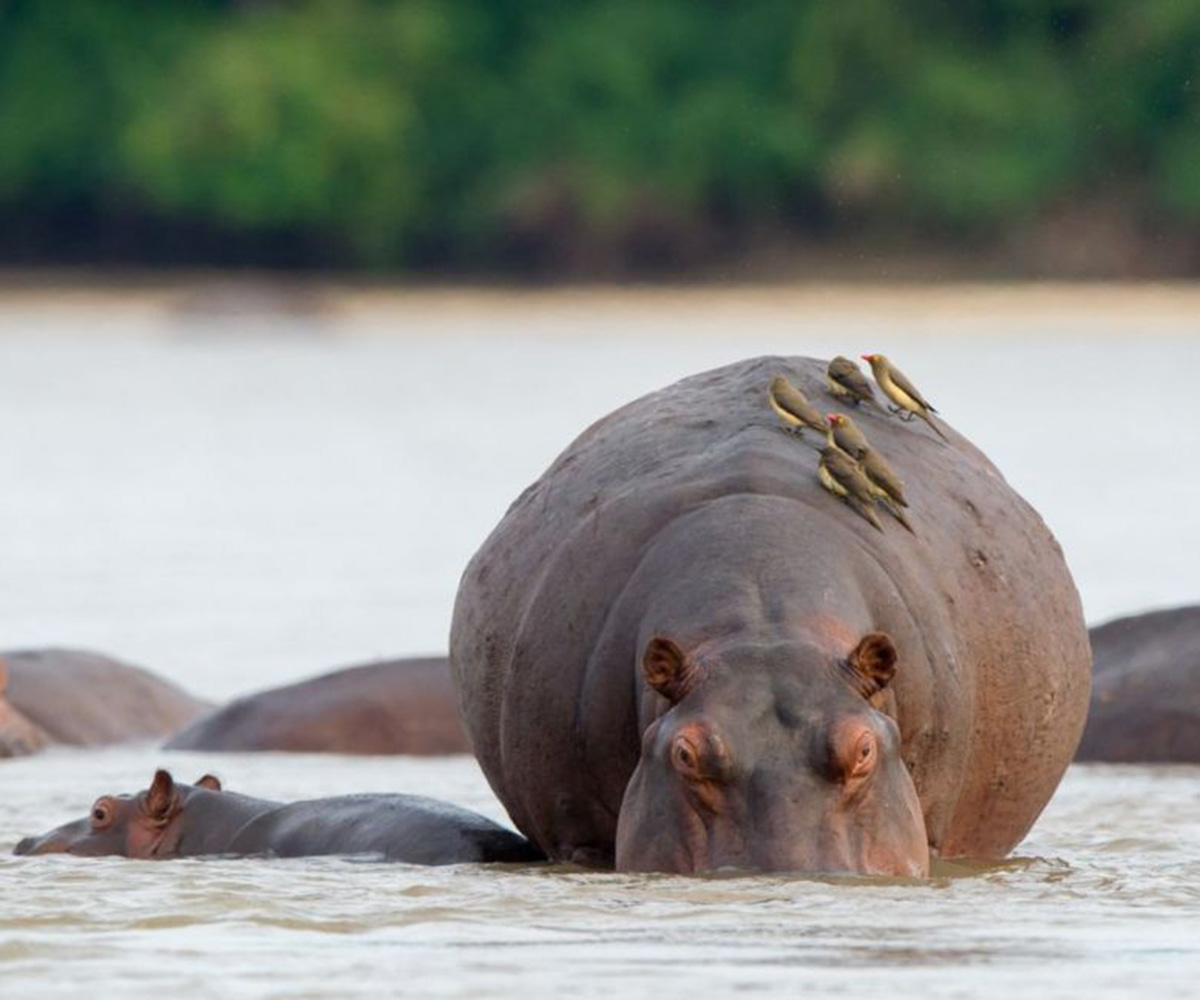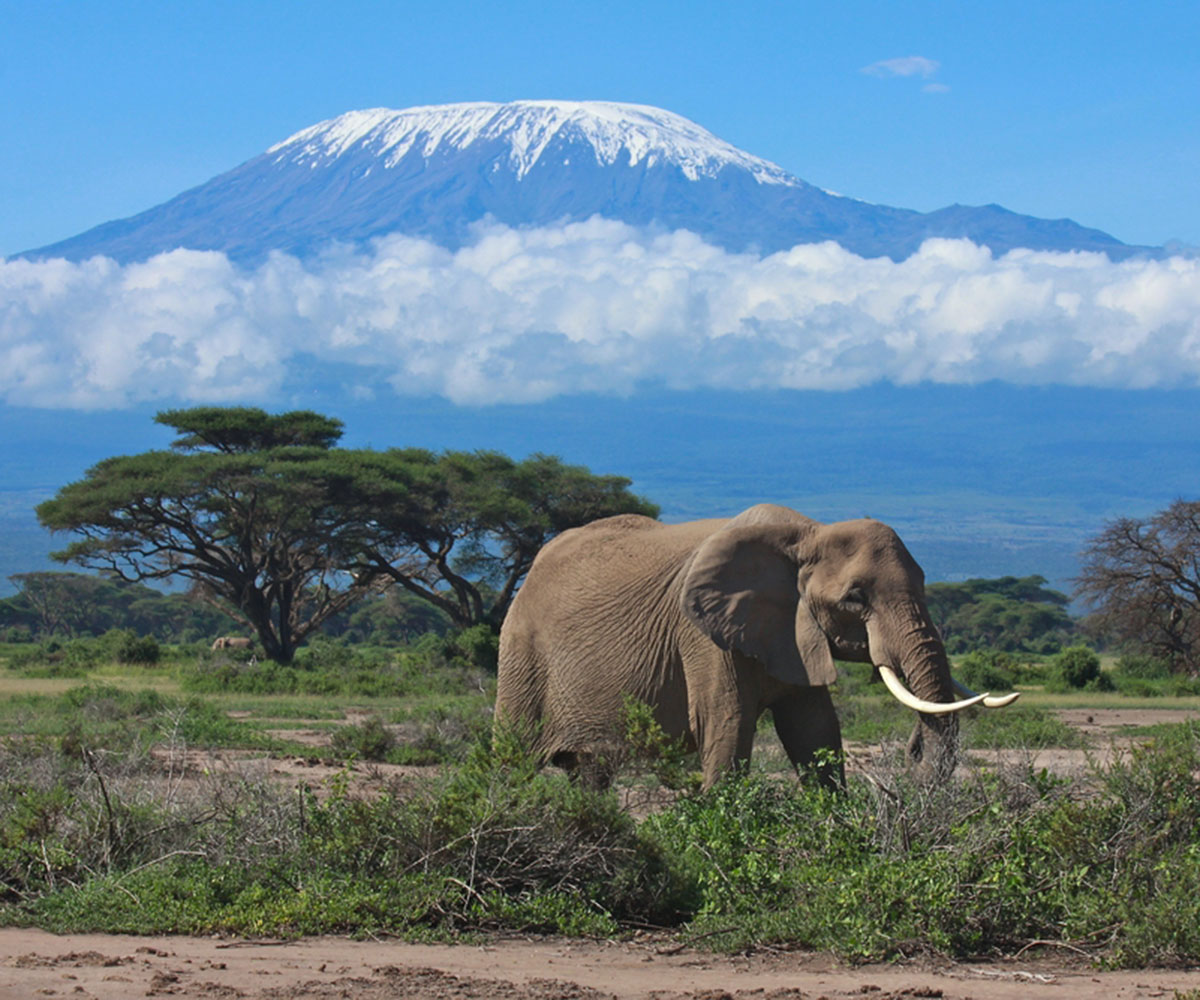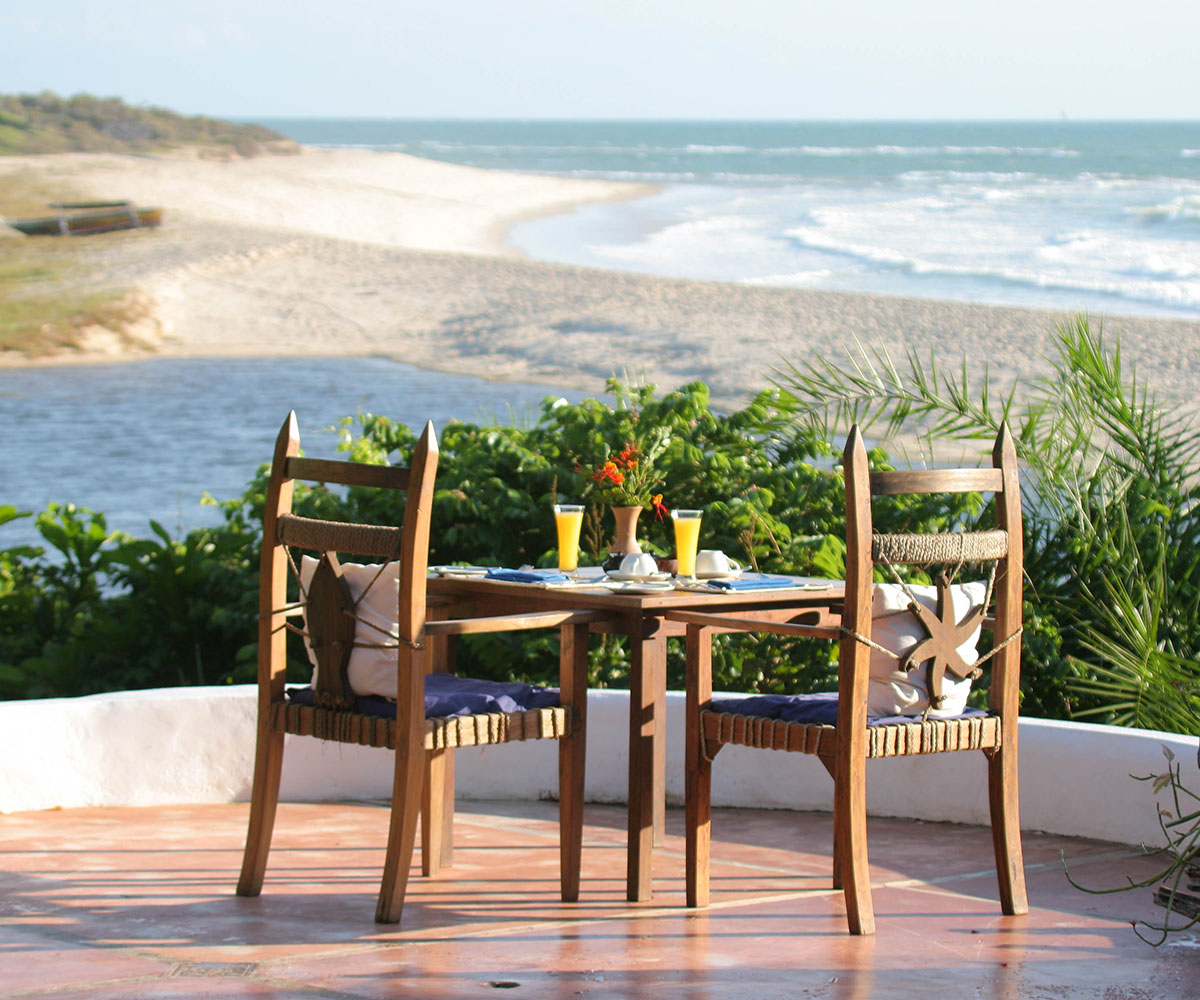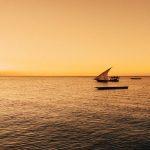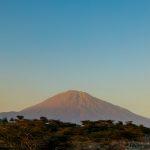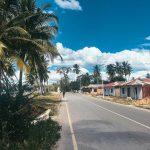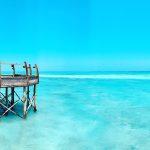East African Safaris
Tanzania and Kenya are both home to some the finest wildlife viewing on the continent, from the Great Wildebeest Migration to cantankerous buffaloes, elephants and rhinos, and not to mention the outstanding big cats. An East Africa safari really is what dreams are made of, yet it does not stop there. With Indian Ocean Islands being only a hop, skip and a jump away, combining both the beach and a safari couldn’t be easier. There is one decision to make though, should Tanzania or Kenya be your choice? Below we take an in-depth look at what each country can offer.
Upon arrival into Tanzania’s Kilimanjaro, most people’s first port of call is an overnight stop in Arusha. This charming town is a beautiful place to rest and recover from any international flight. Here you can explore the coffee lodges, go mountain biking through the forests, go on day trips to Lake Manyara National Park or go kayaking on Lake Duluti. Often green and lush, spending time here is captivating and the perfect way to start your trip. Rivertrees and Arusha Coffee Lodge are our two favourite places to stay here and are great value for money.
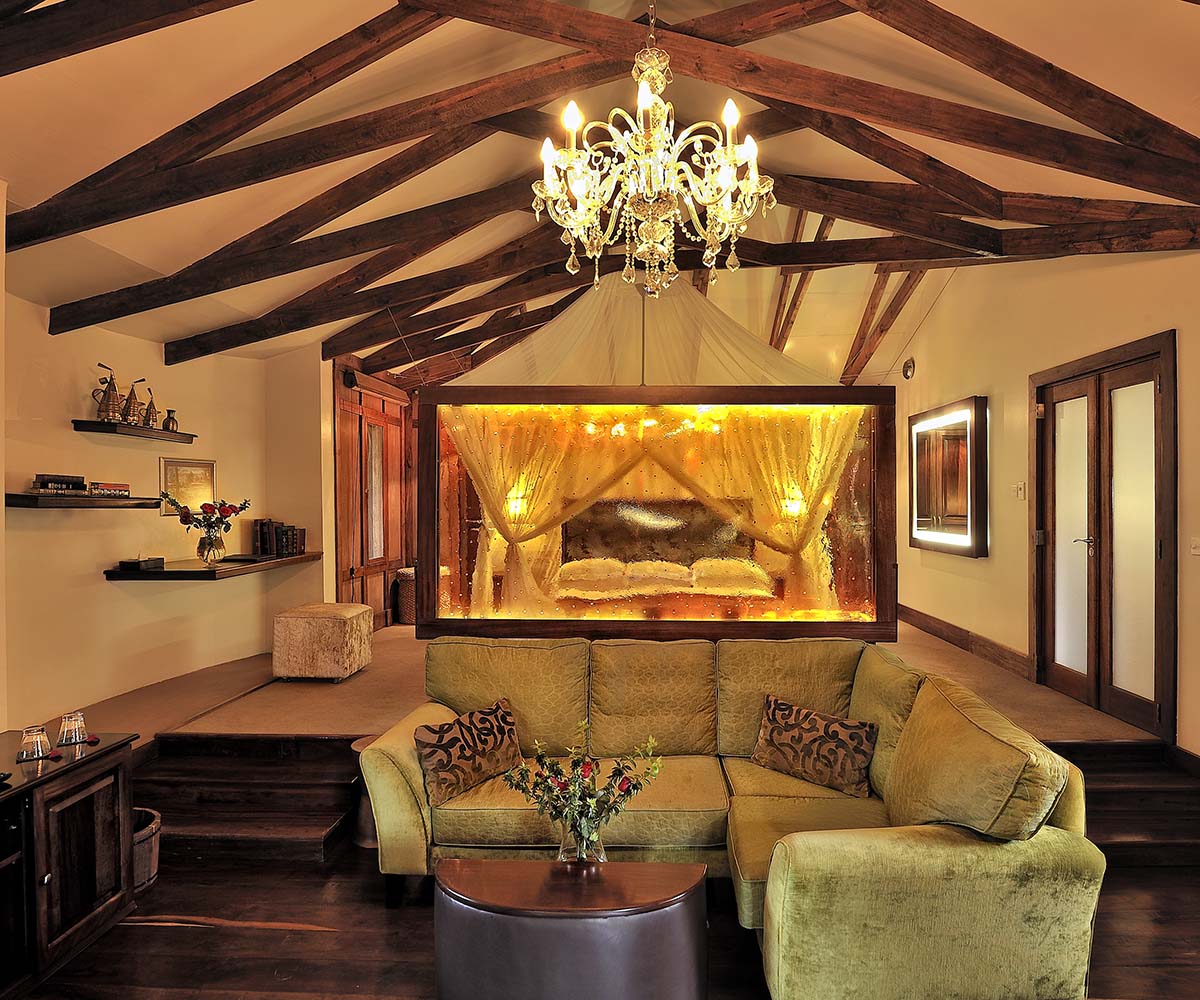
Arusha Coffee Lodge is opulent and splendid. © Arusha Coffee Lodge
Kenya on the other hand, offers very different activities, yet no less enjoyable. Any overnight here is recommended in Nairobi itself, which again serves to act as a buffer between your international flight and your safari. Staying in Nairobi will give you the option to access to the Sheldrick Animal Orphanage or visit the Giraffe Sanctuary at the Manor. The Palacina is a great option and is not too far from these attractions. Giraffe Manor is also located on the outskirts of the city so if this is on your bucket list (it is on most travellers’) then a few nights here make for the most special way to start your Kenyan experience.
With sweeping grassy plains dotted with picture-book acacia trees, the Serengeti and the Masai Mara are both admired amongst wildlife lovers for their brilliant photographic opportunities as well as their wildlife encounters. There are however, differences between the two.
The Great Migration – The Serengeti is home to the migrating wildebeest ALL year round. Contrary to popular belief, the Mara River crossings do not signal the wildebeest leaving Tanzania for Kenya. The meandering river winds its way through both reserves and is not the border between the two countries. This means that these river crossings can indeed be viewed in both countries from July through to October. Whilst only some of the wildebeest enter Kenya for a couple of months of the year, the wildebeest in the Serengeti can be viewed every month. Whether they are on the birthing plains of Ndutu in January-March or if they are in the Western Corridor of Grumeti in June, you can be sure that any trip to the Serengeti, no matter the time of year, will generally see you encounter this exceptional natural phenomenon.
Aside from the Great Migration, both parks are renowned for their other extraordinary game viewing, whether it is a majestic lion lazing on a kopje or a cheetah prowling through the tall grass, the Mara and the Serengeti are brilliant for watching wildlife. Yet there is one big difference – visitor numbers.
Whilst the Mara is very easy to access from Nairobi, this leads to plenty of day visitors entering the park, looking to ‘tick-off’ their Wishlist. Often whizzing around from sighting to sighting, crowds can quite easily converge whilst watching particular animals – especially if they are big cats! With the Serengeti is not as close to a major city, there are no day visitors and there are fewer lodges making for a calmer and more relaxed atmosphere in the park. That is not to say that crowds don’t sometimes gather – especially when compared to the private reserves of Southern Africa – but the Serengeti tends to be quieter and less hectic than its Kenyan counterpart.
If you want to escape the visitors in the Serengeti then there are a few options. Singita and &Beyond have their own private concessions, to the West and East of the park respectively where only they are allowed to drive. This makes for a great addition to a stay in the National Park as night drives and off-roading are allowed. Also, a little secret of ours is that Namiri Plains is so far away from other camps, that although it is in the National Park, it feels like it is on its own concession!
In terms of pricing, the Mara’s best value luxury camp is Kichwa Tembo. Although it is fantastically priced, it is large in size with about 40 rooms. On the contrary, the Serengeti’s best value luxury camp, Chaka Camp, is near the same price, but only has around 12 rooms meaning that your experience tends to be more personal and intimate. At the other end of the price list, both reserves have beautiful luxury options, Singita, Asilia and Nomad in the Serengeti are our favourites, and Serian, Angama Mara and &Beyond’s Bateleur in the Mara.
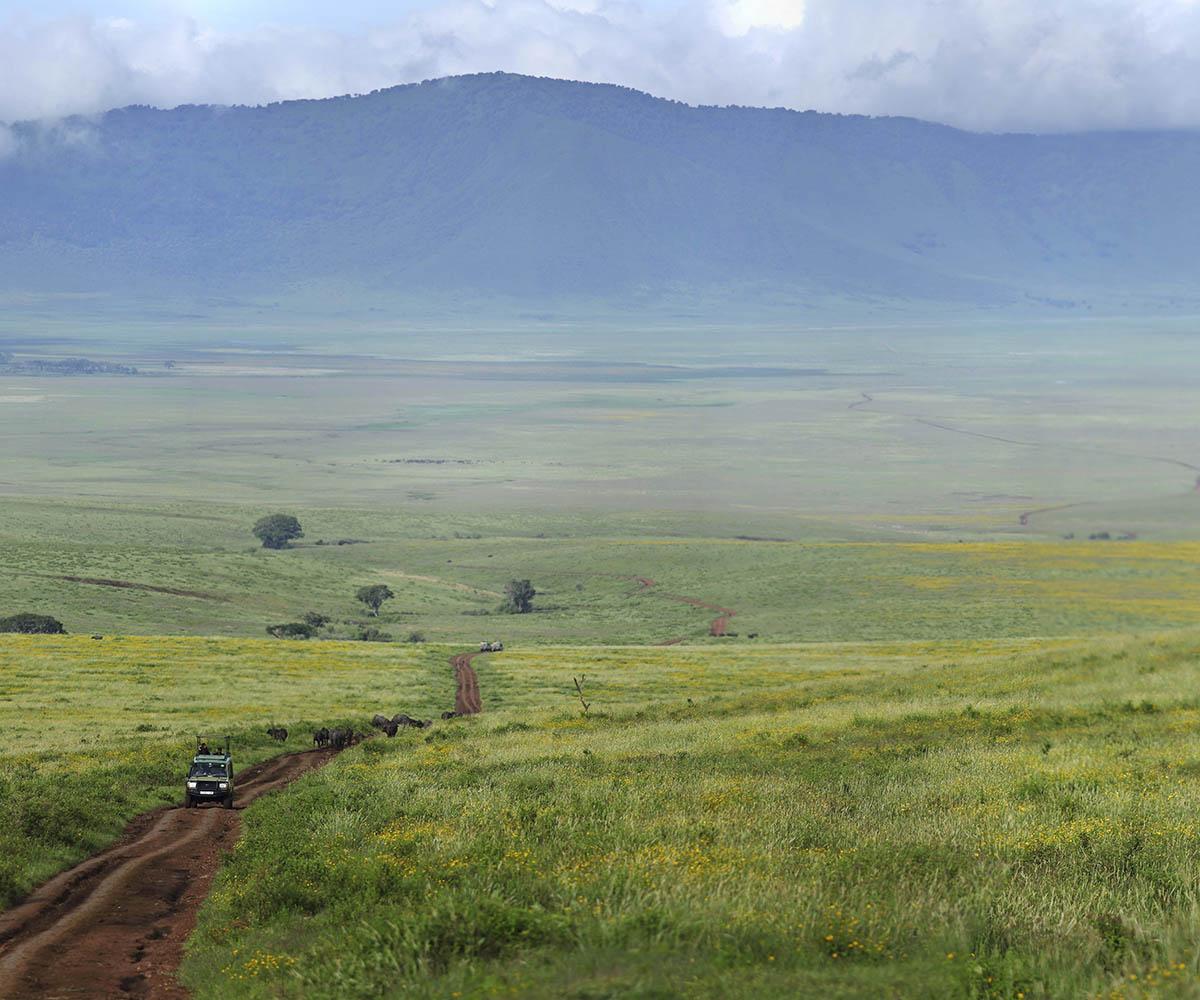
Exploring the Ngorongoro Crater. © Asilia
Although the Serengeti and the Mara grab the majority of headlines, both countries offer some brilliant alternatives and other destinations to visit for a safari.
The Ngorongoro Crater in Tanzania is a brilliant precursor to the Serengeti. With some outstanding lodges like Asilia’s The Highlands and Nomad’s Entamanu, a couple of nights by the Crater is not to be missed. The Crater truly is a unique eco-system and with one of the highest densities of the big five, it really has so much to offer.
Elsewhere in Tanzania there are some excellent off the beaten track safari experiences. If you prefer wild and untamed landscapes, then either the Selous or Ruaha (preferably both!) make for brilliant destinations. The Selous is a lush, green landscape comprised of many waterways and lagoons that are teeming with hippos, crocodiles and a whole host of bird life – not to mention the huge lion population and about a third of Africa’s wild dog population! Whether you go boating, walking or driving here, it’s a brilliant all-round experience and with lodges starting at around $450 per person per night, there is something here for everyone. Whilst Ruaha also offers this brilliant variety in lodges, the landscape here is a complete contrast to Selous. With only one main water source, Ruaha is a dry landscape as any. Famed for its huge concentrations of buffalo, which congregate in their thousands, Ruaha offers a safari where seeing other vehicles is a rarity and really is somewhere to escape the crowds. A Southern Tanzania itinerary really does have it all.
Although Kenya does have its alternative destinations, they aren’t as adventurous or as varied as Tanzania’s other options. Whilst Amboseli sits with a backdrop of Kilimanjaro, there is only one thing worth visiting here for: Africa’s mightly impressive Tuskers. The elephants here are some of the most impressive specimens in the world and make for some wonderful photographs. That said, if you want variety in your safari then Amboseli doesn’t quite offer enough for more than two or so nights, so it would have to be added onto something else. Kenya’s other option to consider would be Laikipia with the Lewa conservancy being a particular highlight. Although you won’t find the Great Migration here, Lewa Downs offers some fantastic game viewing alongside some brilliant activities for the whole family. Quad biking, horse riding and micro-light trips are all some of the highlights for somewhere that really does specialise in catering for families.
What makes an East Africa safari even more special is that it is easily combinable with a beautiful few days of rest and relaxation on the beach. Whether you decide to make the most of the Coastal Beaches or hop over to an Indian Ocean Island, you can be sure that it is the perfect way to end your holiday.
The coastal areas of both Kenya and Tanzania are more limited than if you were to go to one of the islands. That said, there are some beautiful, often very secluded places to visit along the coastlines. Ras Kutani in Tanzania is the place to go for a mainland coast retreat. With bare-foot luxury and a beautifully isolated beach, time here is both energising and reclusive. Kenya’s Lamu mirrors Ras Kutani in its bare-foot luxury, yet our opinion is that nothing in Kenya quite beats Ras Kutani!
With both Tanzania and Kenya being next door to one another, visiting the Indian Ocean Island of Zanzibar, is both easy and pretty inexpensive. With the Selous being less than an hour’s internal flight to Zanzibar, getting here from Tanzania couldn’t be easier. From Kenya, the flight is slightly longer and more expensive so it is worth bearing in mind if you are on a tighter budget. If you aren’t constrained then Mnemba Island is a great alternative, as is Fanjove!
We understand that choosing a safari and its beach extension can be quite a minefield, so please give us a call. We would love to have a chat about your future plans and any ideas you may have.

